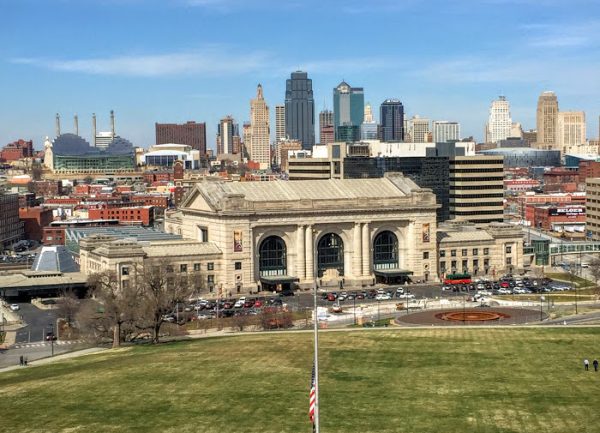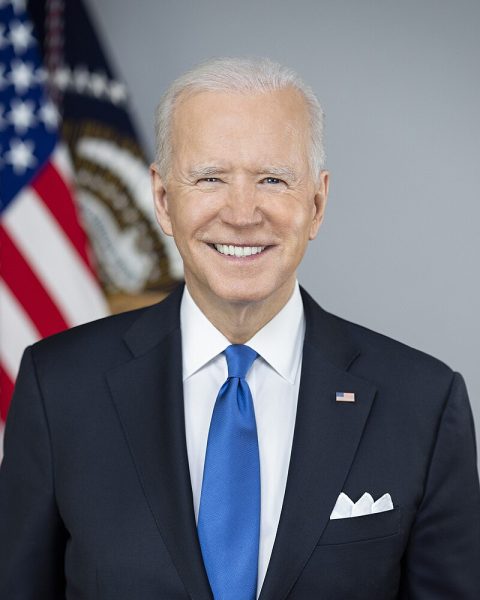Elon Musk plots underground tunnels
In his steady effort to revolutionize transportation and make it more eco-friendly, Elon Musk, CEO of Tesla Motors and SpaceX, has proposed and developed a series of underground transport tunnels as a more time and resource-efficient mode of public transportation.
On Oct. 21, Musk said in a series of tweets that his first test tunnel will be completed on Dec. 10 in Hawthorne, California. He plans to use this tunnel for research purposes and will be offering the public free, 2-mile rides starting at the SpaceX parking lot and continuing under 120th Street.
One of Musk’s biggest issues with modern-day transportation is traffic.
He took his issues to Twitter and on Dec. 17, 2016, he tweeted “Traffic is driving me nuts. I am going to build a tunnel boring machine and just start digging…”
This was the beginning of his new privately-funded, infrastructure and tunnel construction company, the Boring Co., under SpaceX, whose goal is to fix the limitations of the 2-D transportation system.
According to the Associated Press, Musk is avoiding traffic by going subsurface where electrically-powered platforms called “skates” will reach speeds up to 155 mph and will carry up to 16 people.
One proposed route, the East Coast Loop, expects to transport passengers from Washington D.C. to Baltimore, Maryland, a 35-mile route, within 15 minutes using two parallel tunnels. While this project could take up to 20 months to construct, The Boring Co. outlines the benefits of such a tunnel on their website.
“This transportation system would create a significant public benefit due to decreased commute times, decreased urban congestion, decreased public transportation trip times, decreased transportation costs/fares, and decreased greenhouse gas emissions,” said the Boring Co.
After the first test is complete in December, Musk hopes to prove the viability of his system and branch out to new projects including a Dugout Loop in Los Angeles, California to transport fans and concert-goers to the Dodger Stadium and a Chicago Express Loop to operate a O’Hare Express service that will transport people to and from O’Hare Airport and Chicago.
As these projects go into effect, Musk has also begun to draft a high-velocity Hyperloop which he hopes will reach speeds up to 760 mph. Depending on the route, this could cut transport times down to an eighth of the time such as a route proposed in 2012 between Los Angeles and San Francisco which would typically take 5 hours and 45 minutes.
“The Hyperloop design uses a combination of low air pressure and magnetic acceleration to get people from LA to SF in just about 30 minutes,” said a report developed by Hyperloop Transportation Technologies, a company working to create a Hyperloop based on Musk’s original concept.
With such efficiency, there is certainly a new aspect of practicality for both commuters and everyday travelers.
“I think this innovation will be really convenient, especially because I travel a lot to see my sister who is studying in Pennsylvania,” said Early College student Navya Komma. “That’s an eight-hour drive from here, so with that innovation, it will be a lot quicker.”
Junior Sara Clodfelter echoed these advantages of a tunnel transport system.
“I think we’re evolving as a nation that relies on transportation,” said Clodfelter. In today’s day and age, so many people travel for work or family purposes, and to have them to be able to get there quicker would be great.
On the other hand, some students noted the inefficiency of our current transportation systems and expressed their concerns with such a wide-scale project.
“With stuff like that, stuff trying to be futuristic, I feel like we need to work on what we have now, not having arbitrary projects,” said first-year Madison Burkardt. “I think sustainability needs to be a priority.”
Despite the possible setbacks, Musk and Hyperloop Transportation Technologies continue to invest in a new transport tunnel system in an effort to provide new, innovative public transportation.
“I think it would definitely open up more jobs in the economy based on creating the project in general,” said Burkardt. “And I think it would be good to help save time in people’s lives in general and just revolutionizing that.”








